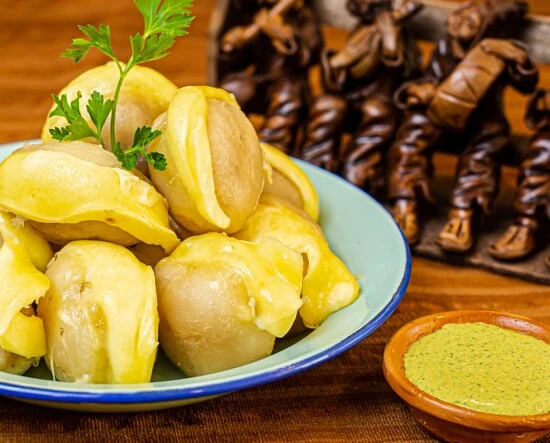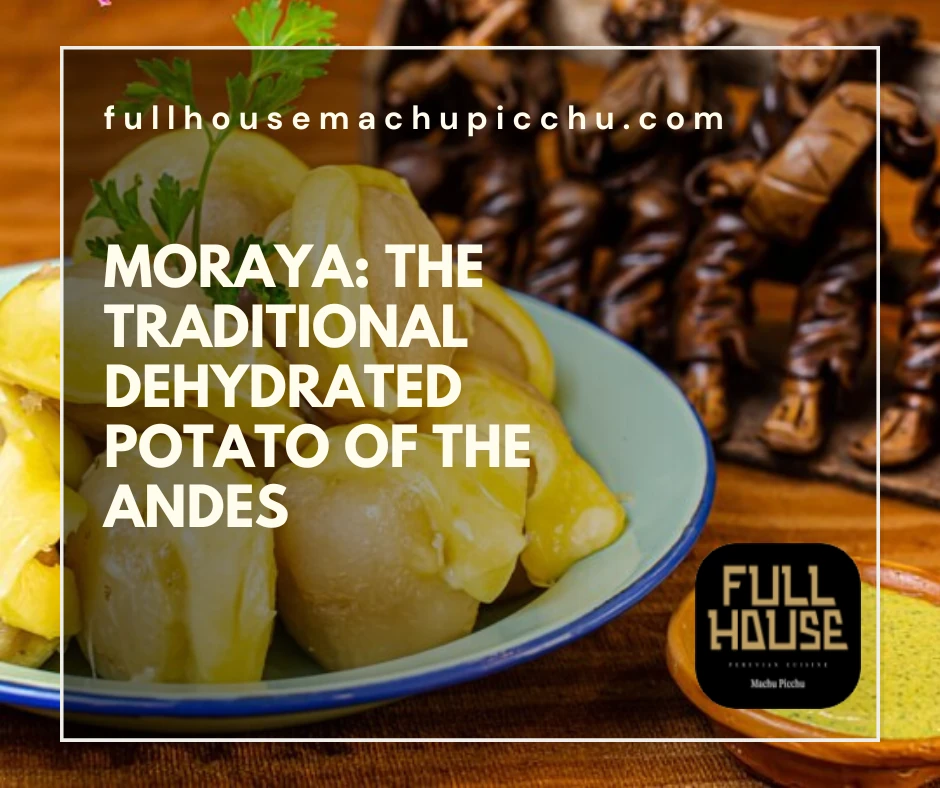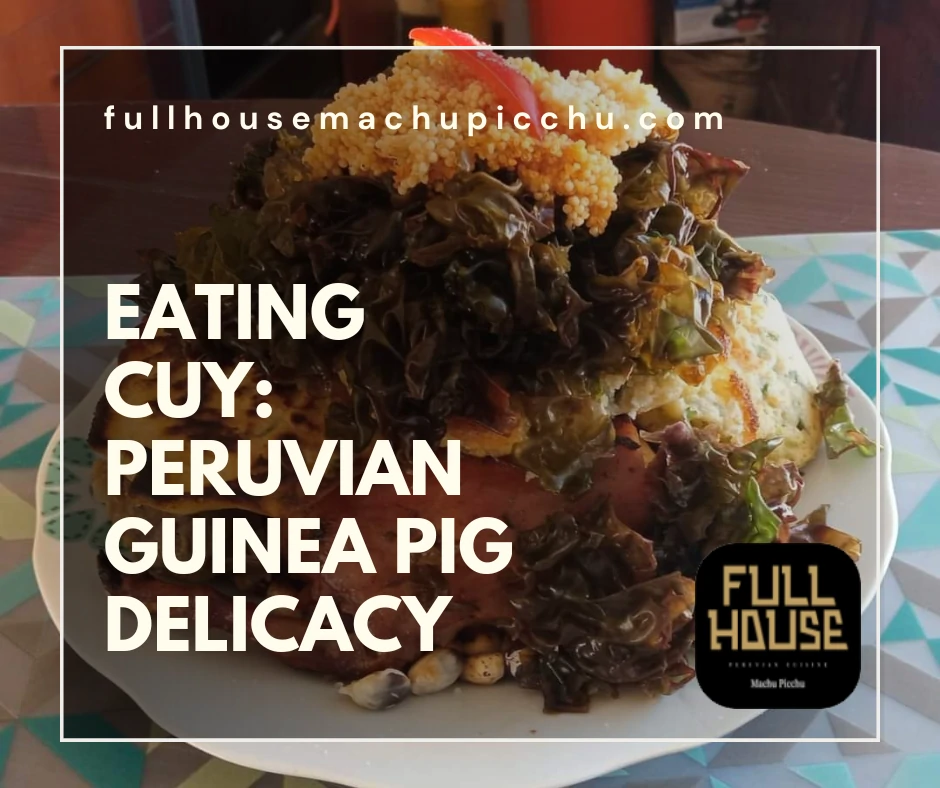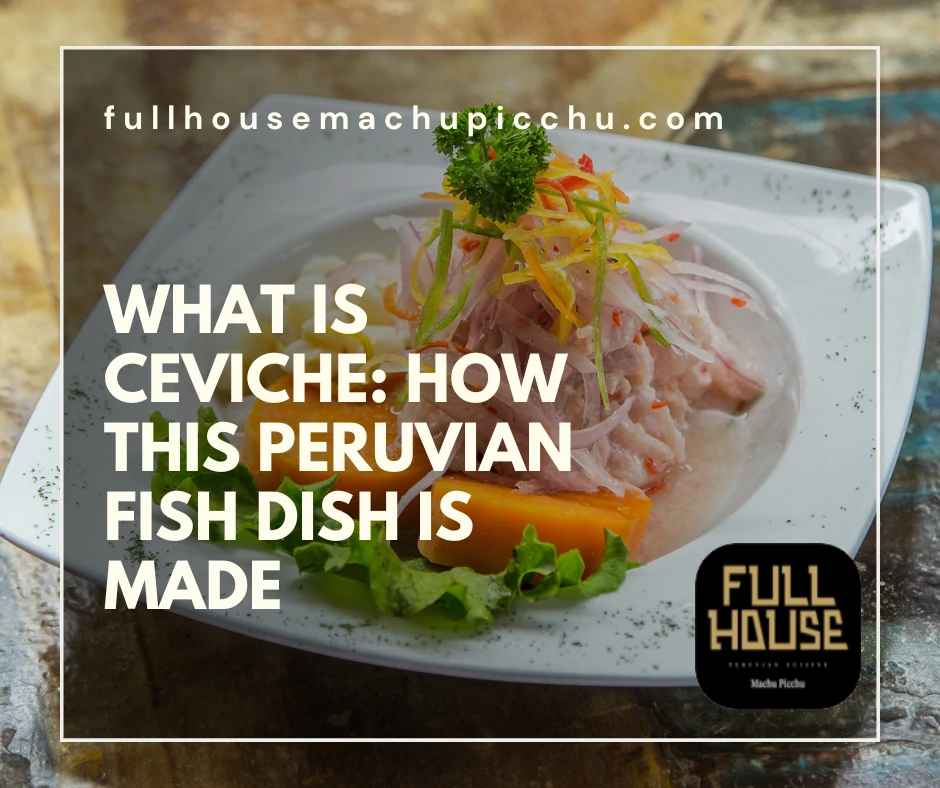High in the Andean mountains, innovative agricultural practices thrive. Among these, the ancient technique of producing “Moraya” stands out. This dehydrated potato holds centuries of tradition.
Integral to Andean cultures, Moraya isn’t just about preservation. It’s a symbol of resilience, adaptation, and the deep bond between the people and their environment. Cusco’s culinary scene reveres its unique taste and texture.
Moraya’s origins: Unearthing the history of the andean dehydrated potato
In the Andes’ rugged terrain, ingenious agricultural solutions arose. Moraya, the dehydrated potato, is one such marvel. Rooted in ancient traditions, it has sustained generations.
Moraya isn’t merely a preserved food. It’s a testament to the Andean spirit of innovation. Through a meticulous process, fresh potatoes transform into this durable product. Its history intertwines with the growth and sustenance of Andean communities.
Peruvian potatoes are world-renowned for their diversity. Among them, Moraya holds a unique place. Once a survival necessity, today it is a sought-after delicacy. Infused with age-old techniques, it encapsulates the essence of Andean flavors.
The production process begins by exposing fresh potatoes to frost. This freezes, then sun-dries them. Afterward, they’re trampled underfoot, removing skins and impurities. The result? Moraya, ready for various culinary creations.
Moraya’s significance isn’t solely gastronomic. It’s a bridge connecting past Andean civilizations to present-day chefs and households. It symbolizes endurance, celebrating the harmony between nature and humankind.
Across time, it has adapted, finding its way into contemporary dishes. Yet, its historical essence remains untouched. This special ingredient, weaving history and taste, perpetuates the rich legacy of Andean flavors.
For those eager to immerse themselves in this tradition, many dishes offer a Moraya-infused experience. Its versatility only amplifies its charm, making it a staple in Peruvian cuisine.
To truly appreciate the depth of Andean history and culinary richness, one must savor Moraya. It’s not just about tasting a potato; it’s about experiencing centuries of culture, resilience, and innovation.
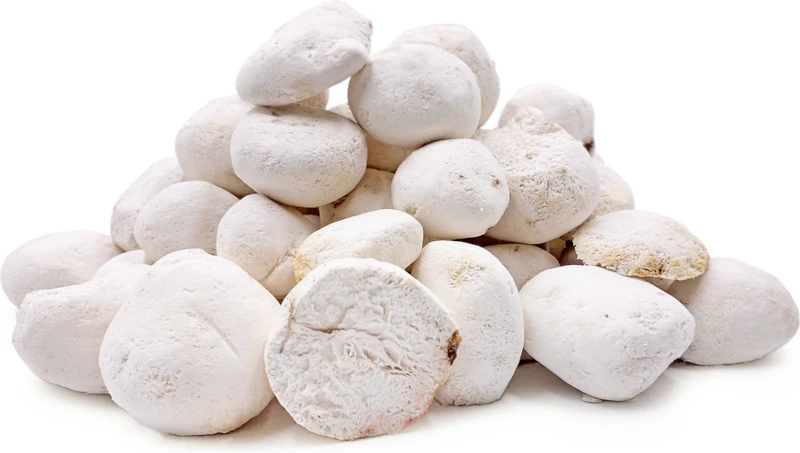
The process of preservation: From fresh tubers to timeless Moraya
The Andean highlands, with their harsh climates, spurred inventive food preservation techniques. Among these, the creation stands out as a testament to ingenuity.
Starting with fresh tubers, the journey to Moraya is meticulous. The potatoes are initially exposed to the cold mountain air. Frost conditions naturally freeze these tubers. Following this, they’re subjected to intense sunlight. This combination of freezing and sun-drying begins the transformation process.
But the journey isn’t over yet. To remove the skin and impurities, they’re trampled underfoot. This ancient technique ensures only the purest potato remains. Now, we have Moraya, a potato with extended shelf life and concentrated flavor.
It isn’t just a culinary wonder. It’s versatile, complementing various Andean dishes. When paired with Alpaca meat, it brings out the meat’s rich taste. It also harmonizes wonderfully with Andean Trout, enhancing the fish’s fresh flavors.
Interestingly, this preservation process isn’t exclusive to potatoes. Similar techniques exist for other Andean produce. But it remains special due to its significant role in traditional dishes.
Over time, this preservation process has not just sustained communities but also enriched their culinary palette. Modern chefs, recognizing Moraya’s potential, continue to incorporate it into innovative dishes. Through this, the legacy remains alive, bridging ancient practices with contemporary gastronomy.
For a genuine taste of the Andes, one must experience Moraya. Beyond its taste, it embodies a rich history of adaptation and survival. So, the next time you indulge in a dish with Moraya, remember the intricate journey behind it.

Incorporating Moraya: Popular cusco soups and local delicacies
Moraya, with its rich history, has found its way into numerous peruvian dishes. Its unique taste and texture elevate Cusco’s culinary scene.
Among the myriad of dishes, soups dominate. The dehydrated potato’s ability to absorb flavors makes it a soup staple. For example, it often stars in “sopa de moraya”, a heartwarming concoction. This soup combines Moraya with local herbs, creating a symphony of tastes.
Another popular choice is “chupe de moraya”. In this creamy soup, Moraya pairs brilliantly with cheese and milk. The potato’s earthy undertones complement the rich creaminess, creating a delightful balance.
But Moraya’s influence isn’t restricted to soups. It also features prominently in other local delicacies. In “morcilla”, a blood sausage, Moraya acts as a binder and extender. Its presence enhances the sausage’s texture, making it a favorite among locals.
As the world continues to globalize, preserving tradition becomes crucial. Moraya plays a significant role in this. Not only does it represent ancient preservation techniques, but it also upholds Cusco’s culinary legacy. Each dish serves as a testament to Andean resilience and ingenuity.
The importance in Cusco cuisine cannot be understated. From simple soups to intricate dishes, it’s a culinary treasure. Visitors to Cusco often leave with vivid memories of Moraya-infused delicacies.
For those eager to experience authentic Andean flavors, Moraya-based dishes are a must-try. They promise not just a taste adventure but also a deep dive into Cusco’s rich history.
